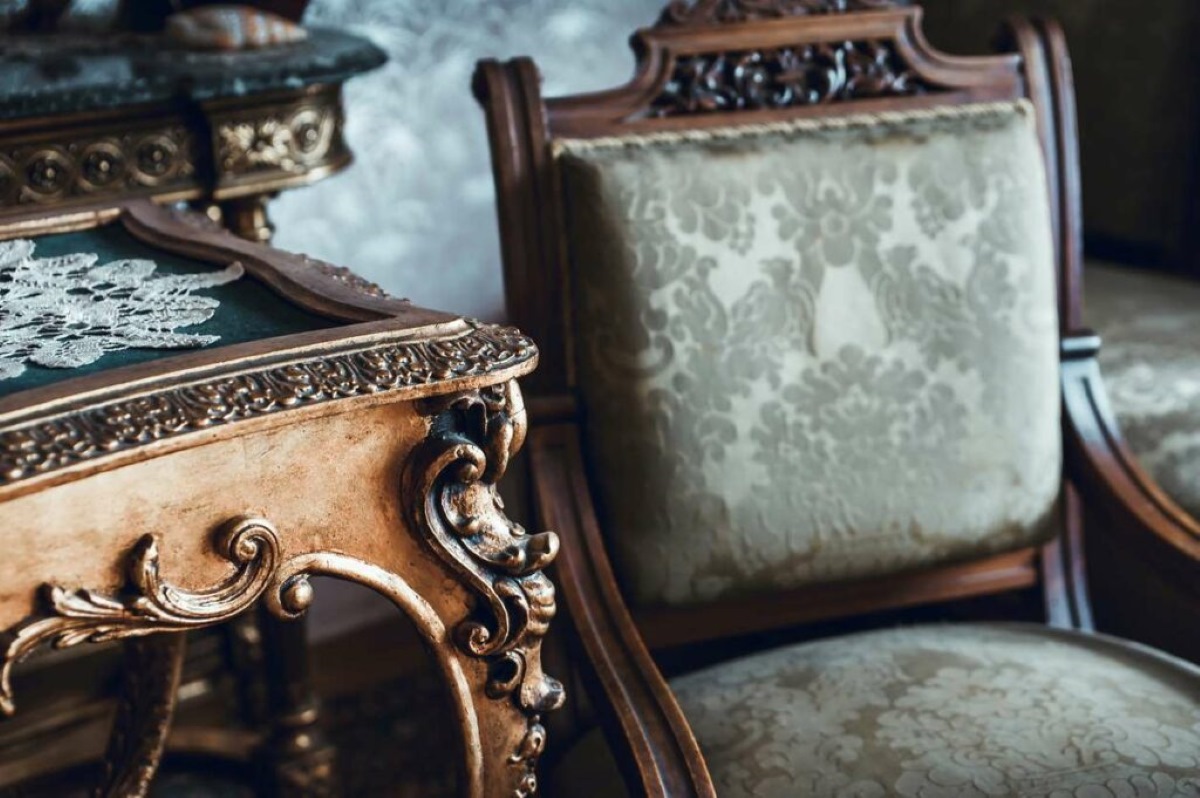

Articles
How To Store Antique Furniture
Modified: August 24, 2024
Discover expert tips on how to store antique furniture in this collection of informative articles. Safely preserve your valuable pieces with our expert advice.
(Many of the links in this article redirect to a specific reviewed product. Your purchase of these products through affiliate links helps to generate commission for Storables.com, at no extra cost. Learn more)
Introduction
Welcome to the world of antique furniture! Whether you’ve recently acquired a beautiful piece from an auction or have inherited it from generations past, one of the most crucial aspects of preserving its value and beauty is proper storage. Antique furniture holds a special charm and historical significance, and it deserves to be treated with care and respect.
Storing antique furniture is not as simple as stashing it away in a basement or attic. Factors such as temperature, humidity, and proper packaging all play a vital role in ensuring the longevity of these valuable pieces. In this article, we will delve into the intricacies of storing antique furniture and provide you with comprehensive guidelines to help you preserve your treasured possessions.
Before you embark on the journey of storing your antique furniture, there are a few essential factors that you need to consider. These factors will set the stage for the rest of the storage process and ensure that you take the necessary precautions to safeguard your furniture.
First and foremost, assess the condition of your antique furniture. Are there any existing damages or vulnerabilities? Are there loose joints or cracked surfaces that need attention? Understanding the current state of your furniture will help you determine how to handle and store it properly.
Next, consider the value and sentiment attached to your antique furniture. Is it a priceless family heirloom or a valuable piece of historical significance? This will influence your level of care and the measures you take to protect it during storage.
Lastly, evaluate the available space for storage. Do you have a dedicated storage area or will you be renting a storage unit? Make sure it is suitable for the size and type of furniture you plan to store.
With these factors in mind, let’s move on to the next steps of preparing your antique furniture for storage. By following the guidelines and best practices outlined in this article, you can ensure that your cherished pieces remain in excellent condition for years to come.
Key Takeaways:
- Properly preparing and storing antique furniture requires careful consideration of factors such as material type, climate control, and regular maintenance. Following best practices ensures long-term preservation and protection.
- Climate-controlled storage, regular inspections, and proper wrapping techniques are essential for preserving the condition of antique furniture. Attention to detail and proactive measures safeguard these cherished pieces for years to come.
Read more: Who Buys Antique Furniture
Factors to Consider Before Storing Antique Furniture
Before you start storing your precious antique furniture, there are several essential factors to consider. These factors will help you determine the best course of action for protecting and preserving your valuable pieces.
The first factor to consider is the type and material of your antique furniture. Different materials require different storage techniques. For example, wooden furniture may be more sensitive to changes in humidity, while metal or glass furniture may be more susceptible to scratches or breakage. Understanding the specific needs of your furniture will help you tailor your storage approach accordingly.
Next, assess the current condition of your furniture. Take note of any existing damages, loose parts, or fragile areas. This will help you prioritize certain pieces for repair or reinforcement before storage. It is always advisable to consult with a professional restoration specialist if your furniture requires any restoration work.
Consider the value and sentiment attached to your antique furniture as well. Some pieces may hold significant historical or sentimental value that cannot be easily replaced. These pieces should be given extra attention and care during storage. Additionally, if your furniture is insured, inform your insurance provider about your plans for storage to ensure coverage.
Another important factor is determining the duration of storage. Will you be storing your furniture for a short period or an extended period of time? If it’s more of a temporary solution, you may need to prioritize accessibility and ease of retrieval. If you plan on long-term storage, you will need to take more precautions to protect your furniture from deterioration and damage.
The availability of suitable storage space is also crucial. Ensure that the storage area is clean, dry, and secure. Ideally, it should have a stable climate with controlled temperature and humidity levels. If you don’t have a suitable storage space at home, you may consider renting a climate-controlled storage unit.
Lastly, do your research on any potential threats to your furniture. Insect infestations, such as termites or wood-boring beetles, can wreak havoc on antique furniture. Take preventive measures such as using insect-repellent products or regularly inspecting your furniture for signs of pests.
By considering these factors before storing your antique furniture, you will be better prepared to take the necessary steps to protect and preserve your valuable pieces. In the next sections, we will explore the process of preparing your furniture and the best practices for packaging and storage.
Preparing the Furniture for Storage
Properly preparing your antique furniture for storage is vital to ensure its longevity and protect it from potential damage. Follow these steps to prepare your furniture before placing it in storage:
1. Clean the furniture: Start by thoroughly cleaning your furniture to remove any dust, dirt, or residues that could potentially harm the surfaces during storage. Use a soft, lint-free cloth or a gentle cleaning solution appropriate for the specific material of the furniture. Avoid using harsh chemicals or abrasive cleaners that could damage the finish.
2. Disassemble if necessary: If your furniture has removable parts, such as detachable legs or shelves, consider disassembling them. This will help save space and prevent any potential damage during transportation and storage. Make sure to label and keep all the components together in a secure bag or container.
3. Protect delicate areas: For furniture with delicate or vulnerable areas, such as intricate carvings or glass inserts, use protective materials like bubble wrap or foam padding. Wrap these areas carefully, ensuring they are fully covered and secure with tape or straps. This will help prevent any accidental bumps or scratches during handling and storage.
4. Apply protective coatings: Depending on the type of furniture and its condition, apply appropriate protective coatings to safeguard the surfaces. For wooden furniture, consider applying a coat of wax or furniture polish to maintain its luster and protect it from moisture. Metal furniture can benefit from a rust-resistant spray or a thin layer of oil to prevent corrosion.
5. Consider climate control: If you have access to a climate-controlled storage unit, it is highly recommended for storing antique furniture. This will help maintain stable temperature and humidity levels, preventing detrimental effects such as warping, cracking, or mold growth. If a climate-controlled unit is not available, consider using desiccant packs or moisture-absorbing materials to minimize moisture buildup.
6. Use proper packaging materials: Invest in quality packaging materials to protect your furniture during storage. Use sturdy moving blankets, furniture pads, or thick layers of bubble wrap to wrap your furniture. Secure the wrapping with tape or straps to ensure it stays intact. Avoid using plastic covers directly on wooden furniture, as it can trap moisture and lead to damage.
7. Label and document: Before storing your furniture, create a detailed inventory and label each piece with a unique identifier. This will make it easier for you to locate specific items when you need to retrieve them. Additionally, take photographs of your furniture from different angles as documentation for insurance purposes.
By following these steps and taking the necessary precautions, you can ensure that your antique furniture is properly prepared for storage. In the next sections, we will explore the considerations for choosing the right storage location and best practices for wrapping and packing your furniture.
Choosing the Right Storage Location
When it comes to storing your antique furniture, selecting the right storage location is crucial for ensuring its safety and preservation. Consider the following factors when choosing the ideal storage space:
1. Climate control: Opt for a storage facility that offers climate control, especially for sensitive antique furniture. Fluctuations in temperature and humidity levels can cause irreversible damage to your pieces. Climate-controlled units maintain a stable environment, protecting your furniture from warping, cracking, mold, and insect infestations.
2. Security measures: Security should be a top priority when selecting storage facilities. Look for facilities equipped with security features such as surveillance cameras, alarms, and secure access systems. This ensures that your antique furniture remains protected from theft and vandalism.
3. Size and layout: Assess the size and layout of the storage unit to ensure it can accommodate your furniture comfortably. Consider the dimensions of your larger pieces and any disassembled components. Allow for adequate space to move around and access your furniture without causing damage or inconvenience.
4. Accessibility: Determine how easily and frequently you need to access your furniture. If you anticipate needing regular access, choose a storage facility that offers convenient access hours or even 24/7 accessibility. If access is not a major concern, a facility that requires prior notice or appointment may be suitable.
5. Cleanliness and pest control: Look for a storage facility that maintains cleanliness and has proper pest control measures in place. Clean spaces decrease the risk of dirt and dust accumulation, while effective pest control minimizes the chances of insect or rodent damage to your furniture.
6. Insurance options: Inquire about insurance options provided by the storage facility or consider obtaining separate insurance coverage for your antique furniture. Accidents, natural disasters, and unforeseen circumstances can happen, so having insurance ensures that your valuable pieces are protected financially in case of any unfortunate incidents.
7. Proximity and transport: Consider the location of the storage facility in relation to your home or place of work. Choosing a facility that is conveniently located reduces the hassle and costs associated with transporting your furniture to and from the storage unit.
By considering these factors and conducting thorough research on storage facilities in your area, you can select the right storage location that provides the optimal conditions for preserving your antique furniture. In the subsequent sections, we will explore the best practices for wrapping, packing, and safeguarding your furniture during storage.
Best Practices for Wrapping and Packing
Proper wrapping and packing of your antique furniture are essential to protect it from scratches, dents, and other damages during storage. Follow these best practices to ensure your furniture remains safe and well-preserved:
1. Gather the necessary materials: Before you start wrapping and packing, gather all the required materials. You will need soft, non-abrasive blankets or furniture pads, bubble wrap, packing paper, packing tape, plastic covers (for certain materials), and straps or ropes for securing the wrapping.
2. Disassemble if possible: If your furniture has removable parts, such as shelves, legs, or drawers, consider disassembling them for easier and safer packing. Wrap and pack each component separately, labeling them for easy reassembly later.
3. Start with padding: Begin by adding a layer of soft padding, such as furniture blankets or pads, to protect the furniture from scratches and impacts. Wrap the entire piece in the padding, tucking it securely and using tape or straps to keep it in place.
4. Protect delicate surfaces: For delicate surfaces, such as glass, mirrors, or polished wood, use additional layers of protection. Place bubble wrap or packing paper around these areas, securing them with tape. Consider using cardboard or foam corners specifically designed for protecting the edges and corners of furniture.
5. Wrap furniture in bubble wrap or furniture blankets: After adding the initial layer of padding, wrap the furniture in bubble wrap or additional furniture blankets. Ensure that all surfaces are adequately covered and secured. Use packing tape or straps to hold the wrapping in place.
6. Consider using plastic covers: While plastic covers are not suitable for all types of furniture, they can be beneficial for certain materials, such as upholstered or leather furniture. Plastic covers can protect against dust, moisture, and other potential damage. However, never use plastic directly on wooden furniture, as it can trap moisture and cause condensation.
7. Use proper packing techniques: When loading the furniture into the storage unit, place heavier pieces at the bottom and lighter pieces on top. This helps prevent damage from items shifting or crushing, especially if you have multiple pieces stacked in the storage unit.
8. Secure the furniture in place: Once you have packed and arranged the furniture inside the storage unit, use straps or ropes to secure it in place. This helps prevent movement and keeps the furniture stable, reducing the risk of damage during transportation and while in storage.
9. Document and label: Maintain a detailed inventory of all the furniture you are storing, with corresponding labels or tags on each item. This will make it easier for you to locate specific pieces if you need to access them later. Take photographs of the wrapped furniture as a reference for easy identification.
By following these best practices for wrapping and packing your antique furniture, you can ensure that it remains protected and well-maintained during its time in storage. In the following sections, we will delve into specific guidelines for storing different types of antique furniture, including wooden, upholstered, metal, and glass pieces.
Read more: How To Antique Paint Furniture
Storing Antique Wooden Furniture
Antique wooden furniture requires special care and attention when it comes to storage. Wood is particularly sensitive to changes in temperature and humidity, which can cause warping, cracking, or mold growth. Follow these guidelines to store your antique wooden furniture properly:
1. Clean and treat the wood: Before storing, make sure the wooden furniture is clean and free of any dust or debris. Use a gentle cleaner suitable for wood and follow up with an application of furniture polish or wax to nourish and protect the wood surfaces.
2. Disassemble if possible: If your wooden furniture has removable parts such as legs or shelves, consider disassembling them for more convenient storage. Wrap and pack these components separately to ensure their safety and to save space.
3. Choose a climate-controlled storage unit: To prevent damage from fluctuations in temperature and humidity, select a climate-controlled storage unit. Maintaining a stable environment will help preserve the integrity of the wood and reduce the risk of warping or cracking.
4. Elevate the furniture: Place wooden furniture on pallets or blocks to elevate it slightly off the ground. This allows for better airflow and helps protect the furniture from potential moisture or condensation on the floor.
5. Use protective covers: While avoiding plastic covers directly on the wood, you can use breathable fabric covers to shield the furniture from dust and dirt. Ensure that the covers are loose enough to allow for airflow while still providing protection.
6. Dehumidify if necessary: If you live in a highly humid climate or are storing your furniture during humid seasons, consider using a dehumidifier in the storage unit. This helps regulate the moisture levels and prevents the wood from absorbing excessive humidity.
7. Regularly monitor the furniture: Visit the storage unit periodically to inspect and monitor the condition of your wooden furniture. Check for signs of mold, pests, or any changes in the wood’s appearance. If necessary, take appropriate actions to address any issues promptly.
8. Avoid direct sunlight: If possible, position the furniture away from direct sunlight in the storage unit. Prolonged exposure to sunlight can cause fading, discoloration, and damage to the wood’s finish.
By following these guidelines, you can ensure that your antique wooden furniture remains in optimal condition during storage. In the following sections, we will explore best practices for storing upholstered, metal, and glass antique furniture.
When storing antique furniture, it’s important to keep it in a climate-controlled environment to prevent damage from temperature and humidity fluctuations. Additionally, cover the furniture with breathable materials to protect it from dust and scratches.
Storing Upholstered Antique Furniture
When it comes to storing upholstered antique furniture, proper care and protection are essential to maintain its beauty and integrity. Upholstered pieces are more susceptible to damage from moisture, pests, and stains. Follow these guidelines to store your upholstered antique furniture effectively:
1. Clean the upholstery: Start by thoroughly cleaning the upholstery of your antique furniture. Vacuum the fabric to remove any dust, dirt, or debris. Treat any stains or spots with a suitable upholstery cleaner following the manufacturer’s instructions. Ensure that the upholstery is fully dry before proceeding to the next step.
2. Treat with fabric protectors: Consider applying a fabric protector to the upholstery before storage. These products create a protective barrier that repels liquids and prevents stain absorption. Follow the instructions provided by the manufacturer for application.
3. Consider professional cleaning: If your antique upholstered furniture requires deep cleaning, it may be beneficial to seek professional upholstery cleaning services. They have the expertise and specialized equipment to clean and treat delicate antique fabrics properly.
4. Disassemble if possible: If your upholstered furniture has removable cushions or detachable parts, consider disassembling them before storage. This can help save space and prevent any potential damage during transportation and storage.
5. Upholstery protection: Cover the entire upholstered furniture with clean, breathable fabric covers or sheets. Avoid using plastic covers as they can trap moisture and cause mildew or mold growth. The fabric covers will protect the upholstery from dust, dirt, and potential stains.
6. Choose a climate-controlled storage unit: Opt for a storage unit that offers climate control to maintain stable temperature and humidity levels. Fluctuations in humidity can lead to mold growth or damage to the upholstery. A controlled environment will help prevent these issues.
7. Elevate the furniture: Similar to storing wooden furniture, consider using pallets or blocks to elevate the upholstered furniture slightly off the ground. This prevents the risk of moisture seepage and potential damage to the upholstery.
8. Avoid stacking furniture: If storing multiple upholstered pieces, avoid stacking them on top of each other to prevent unnecessary pressure and potential damage to the fabric. Instead, arrange them side by side, allowing for better ventilation and accessibility.
9. Inspect periodically: Regularly visit the storage unit to inspect your upholstered furniture for any signs of pests, mold, or moisture. Address any issues promptly to prevent further damage.
By following these guidelines, you can ensure that your upholstered antique furniture remains protected and well-maintained during storage. In the subsequent sections, we will explore best practices for storing antique metal and glass furniture.
Storing Antique Metal or Glass Furniture
Storing antique metal or glass furniture requires careful handling and attention to protect these delicate materials from scratches, breakage, and other potential damage. Follow these guidelines to ensure the safe storage of your metal or glass antique furniture:
1. Clean and polish: Before storing your metal or glass furniture, thoroughly clean it to remove any dust, dirt, or fingerprints. Use a gentle cleaner suitable for the specific material and a soft, lint-free cloth to polish it to a shine. Ensure the furniture is completely dry before proceeding to the next step.
2. Disassemble if possible: If your metal or glass furniture has detachable parts or removable components, disassemble them before storage. This will minimize the risk of breakage and make the furniture more manageable to pack and transport.
3. Wrap with protective materials: Wrap the individual components of your metal or glass furniture with protective materials such as bubble wrap or foam padding. Ensure that the wrapping completely covers the surfaces and corners of each piece, providing a buffer against bumps and scratches.
4. Use moving blankets or furniture pads: After individually wrapping the components, cover the entire piece of furniture with moving blankets or furniture pads. These padded layers will provide additional protection against impact during transportation and storage.
5. Secure the wrapping: Use packing tape, straps, or plastic wrap to secure the moving blankets or furniture pads in place. This will prevent the protective layers from shifting or coming loose during handling or storage.
6. Choose a climate-controlled storage unit: Opt for a storage unit that offers climate control to maintain consistent temperature and humidity levels. Metal furniture is particularly susceptible to rust, while extreme temperature changes can cause glass to crack or shatter. A controlled environment will help mitigate these risks.
7. Elevate and cover: Place your metal furniture on pallets or blocks to elevate it slightly off the ground. This protects it from potential moisture or condensation on the floor. Additionally, cover the furniture with clean, breathable fabric covers or sheets to keep dust and dirt at bay.
8. Stacking guidelines: If you need to stack your metal or glass furniture in the storage unit, ensure to place protective padding or foam between each piece to prevent scratching or chipping. Avoid overstacking, as it can lead to excessive pressure and potential damage.
9. Regular inspection: Periodically check on your stored metal or glass furniture to ensure there are no signs of damage or deterioration. If you notice any issues, take necessary action to address them promptly.
By following these guidelines, you can ensure that your antique metal or glass furniture is stored safely and protected from potential damage. In the subsequent sections, we will explore the importance of maintaining proper climate and humidity levels and provide regular inspection and maintenance tips for all types of antique furniture.
Maintaining Proper Climate and Humidity Levels
Maintaining the proper climate and humidity levels is crucial for preserving the condition of your antique furniture. Fluctuations in temperature and humidity can cause significant damage, such as warping, cracking, mold growth, or insect infestations. Follow these guidelines to ensure the ideal climate for your stored antique furniture:
1. Climate-controlled storage: Whenever possible, choose a storage unit that offers climate control. Climate-controlled units maintain a consistent temperature and humidity level, protecting your furniture from extreme fluctuations that can cause damage over time.
2. Ideal temperature range: Aim to store your antique furniture in a temperature range of 60-75°F (15-24°C). Avoid extreme heat or cold, as they can cause warping and other structural damage to wooden furniture, and can contribute to the deterioration of other materials.
3. Humidity control: Keep the humidity level between 40-50%. High humidity can lead to mold, mildew, swelling, and rot, while low humidity can cause wood to dry and crack. Use dehumidifiers or humidifiers as necessary to maintain the ideal humidity level in the storage area.
4. Moisture prevention: Take precautions to prevent moisture from seeping into the storage unit. Ensure proper insulation, seal any gaps or cracks, and use moisture-absorbing materials like desiccant packs or silica gel packets within the storage space.
5. Air circulation: Promote air circulation within the storage unit by leaving space between furniture pieces and walls. This ensures proper ventilation and prevents the accumulation of trapped moisture. Avoid overcrowding the storage area to maintain adequate airflow.
6. Regular temperature and humidity monitoring: Use a digital thermometer and humidity gauge to regularly monitor the conditions within the storage unit. Check the readings periodically to ensure they remain within the recommended range and make necessary adjustments if needed.
7. Preventing condensation: Condensation can occur when warm air meets a cooler surface. To prevent condensation on your furniture, avoid placing it directly against walls or other cold surfaces. Ensure there is enough space for air to circulate around the furniture.
8. Professional storage consultation: If you have valuable or delicate antique furniture, it may be beneficial to consult with storage professionals who specialize in preserving and protecting antique items. They can provide guidance specific to your furniture and storage needs.
By maintaining the proper climate and humidity levels, you can significantly extend the lifespan of your antique furniture and minimize the risk of damage. In the following sections, we will explore regular inspection and maintenance tips to keep your furniture in excellent condition while in storage.
Regular Inspection and Maintenance Tips
Regular inspection and maintenance are essential to ensure that your antique furniture remains in excellent condition throughout its time in storage. By following these tips, you can identify and address any issues promptly, keeping your furniture well-maintained and protected:
1. Periodic visits: Visit the storage unit regularly to inspect your antique furniture. Aim for at least every three to six months. This allows you to monitor the condition of your items and address any concerns in a timely manner.
2. Visual inspection: Carefully examine each piece of furniture for any signs of damage, such as cracks, warping, mold, or pest infestations. Pay close attention to vulnerable areas, such as joints, upholstery, or delicate surfaces. Take note of any changes in appearance or condition.
3. Pest control measures: Be vigilant for any signs of pests, such as droppings, insect casings, or chew marks. If you suspect a pest infestation, take immediate action by contacting a professional pest control service that specializes in dealing with antique furniture.
4. Cleaning and maintenance: Dust and clean the surfaces of your furniture regularly to prevent the accumulation of dirt and debris. Use appropriate cleaning products and techniques for the specific materials of your furniture. Avoid harsh chemicals that can damage the finishes or fabrics.
5. Inspection of protective covers: Check the condition of the fabric covers or sheets that are protecting your furniture. Look for signs of wear, tears, or any signs of moisture buildup. Replace any damaged or ineffective covers to ensure proper protection.
6. Condition the wood: For wooden furniture, periodically check the condition of the wood surfaces. If necessary, apply a thin coat of furniture polish or wax to maintain its luster and protect it from drying out. Avoid using excessive amounts of product as it can cause buildup over time.
7. Reassess storage needs: During your inspections, reassess your storage needs. If you find that the storage space is becoming too crowded or if you need to reorganize, take the opportunity to make necessary adjustments. This can help improve accessibility and ensure proper maintenance of your furniture.
8. Consult a professional if needed: If you have any concerns or are unsure about the best practices for maintaining your antique furniture, seek advice from professionals who specialize in antique restoration and storage. They can provide expert guidance tailored to your specific needs.
By conducting regular inspections and implementing proper maintenance measures, you can ensure that your antique furniture stays in excellent condition while in storage. These practices will help preserve the value and integrity of your cherished pieces for years to come.
Conclusion
Storing antique furniture requires careful consideration and attention to detail. By following the guidelines and best practices outlined in this article, you can ensure that your treasured pieces remain protected and well-preserved during their time in storage.
Before storing your antique furniture, carefully assess its condition, value, and storage needs. Clean and prepare each piece, disassembling if necessary, and selecting the appropriate storage location. Consider climate-controlled storage units for optimal temperature and humidity control.
When wrapping and packing your furniture, use high-quality materials to provide adequate protection. Disassemble components, wrap delicate surfaces, and label everything for easier retrieval later. For wooden furniture, avoid plastic covers and maintain proper climate and humidity levels to prevent damage.
Upholstered furniture requires thorough cleaning, protective treatments, and fabric covers for dust and dirt prevention. Metal and glass furniture should be carefully wrapped and protected to prevent scratches and breakage.
Maintaining proper climate and humidity levels is crucial to preserving the condition of your antique furniture. Climate-controlled storage units provide stability, and regular temperature and humidity monitoring helps prevent damage.
Regular inspections ensure that any issues are detected early and addressed promptly. Conduct visual checks for damage, address pest infestations, and clean and condition your furniture regularly. Evaluate your storage needs periodically and consult professionals when necessary.
In conclusion, storing antique furniture is a task that requires patience, attention, and preventative measures. By following the guidelines and best practices outlined in this article, you can protect the value and beauty of your cherished pieces. With proper care and maintenance, your antique furniture will remain in excellent condition for many years to come.
Frequently Asked Questions about How To Store Antique Furniture
Was this page helpful?
At Storables.com, we guarantee accurate and reliable information. Our content, validated by Expert Board Contributors, is crafted following stringent Editorial Policies. We're committed to providing you with well-researched, expert-backed insights for all your informational needs.
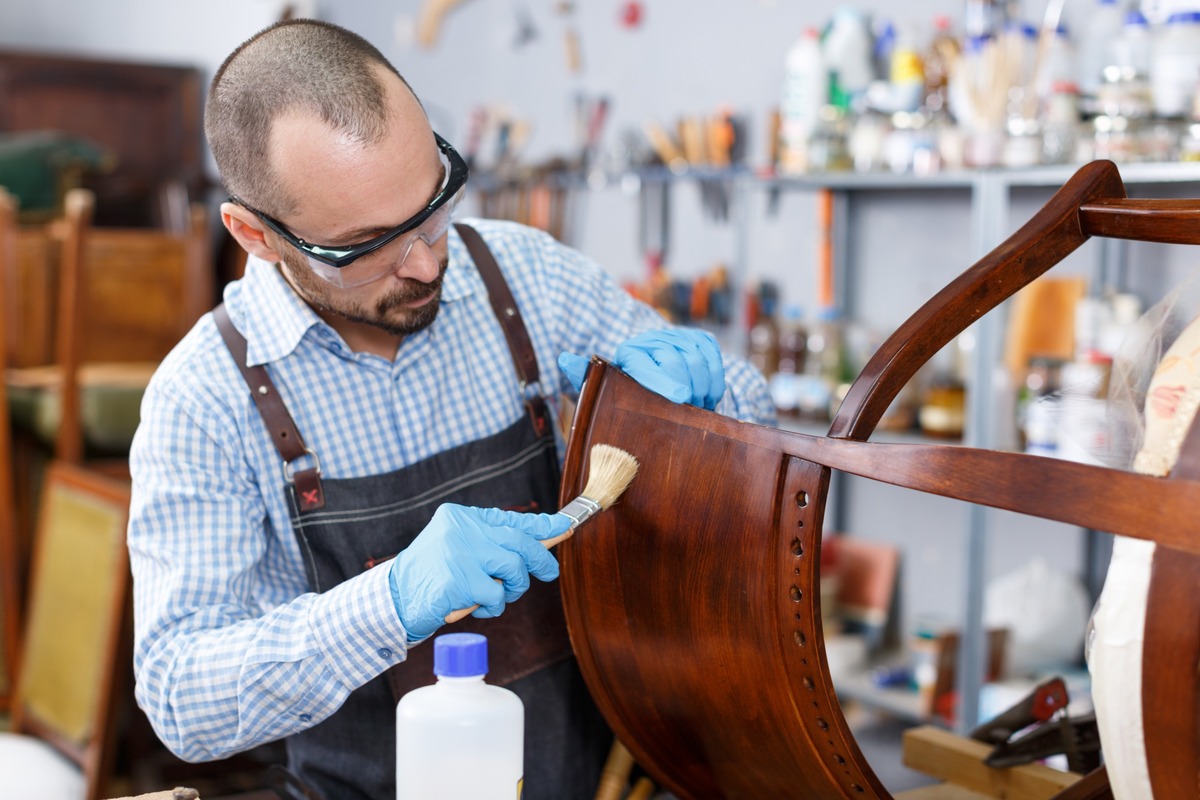
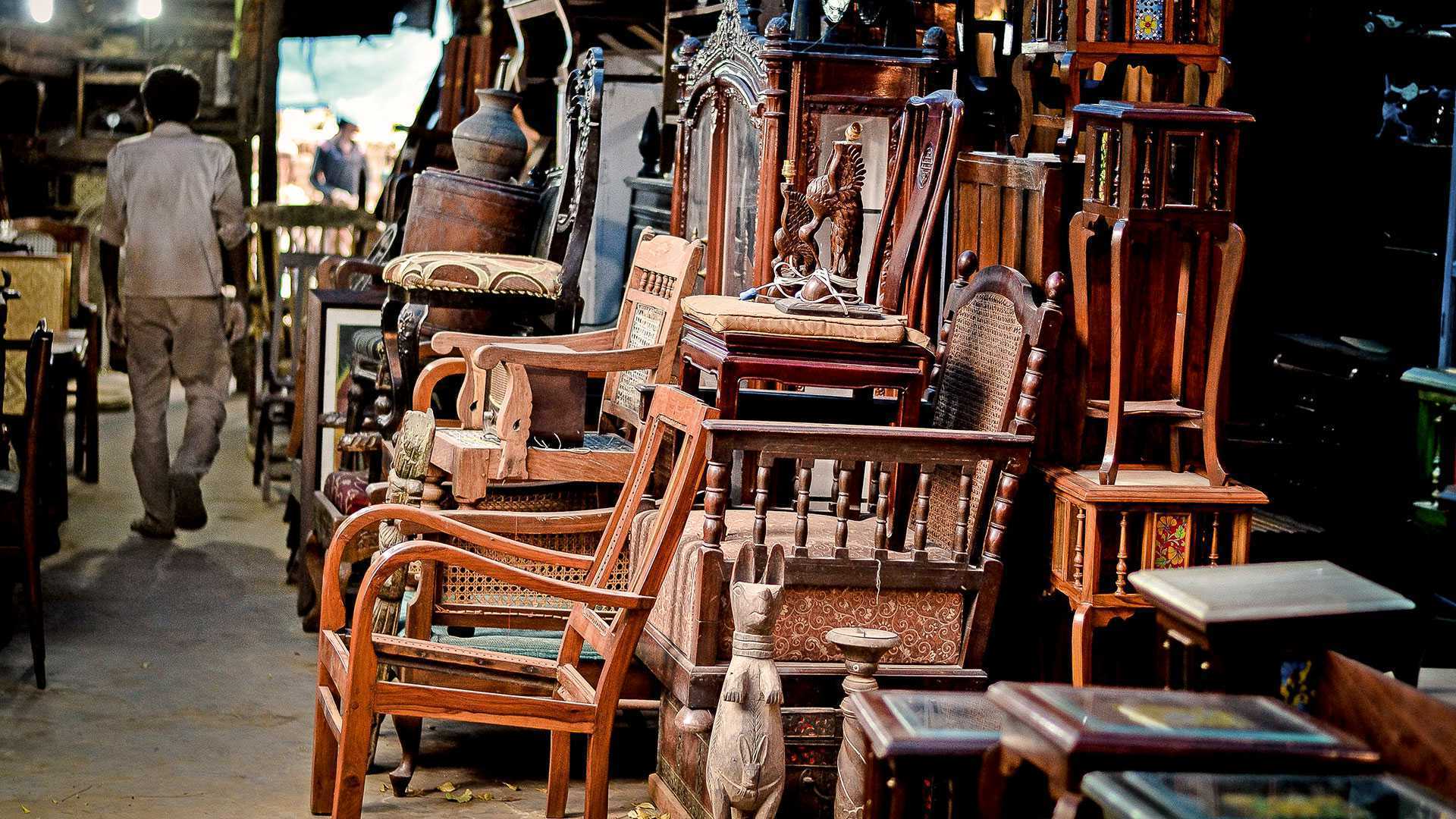
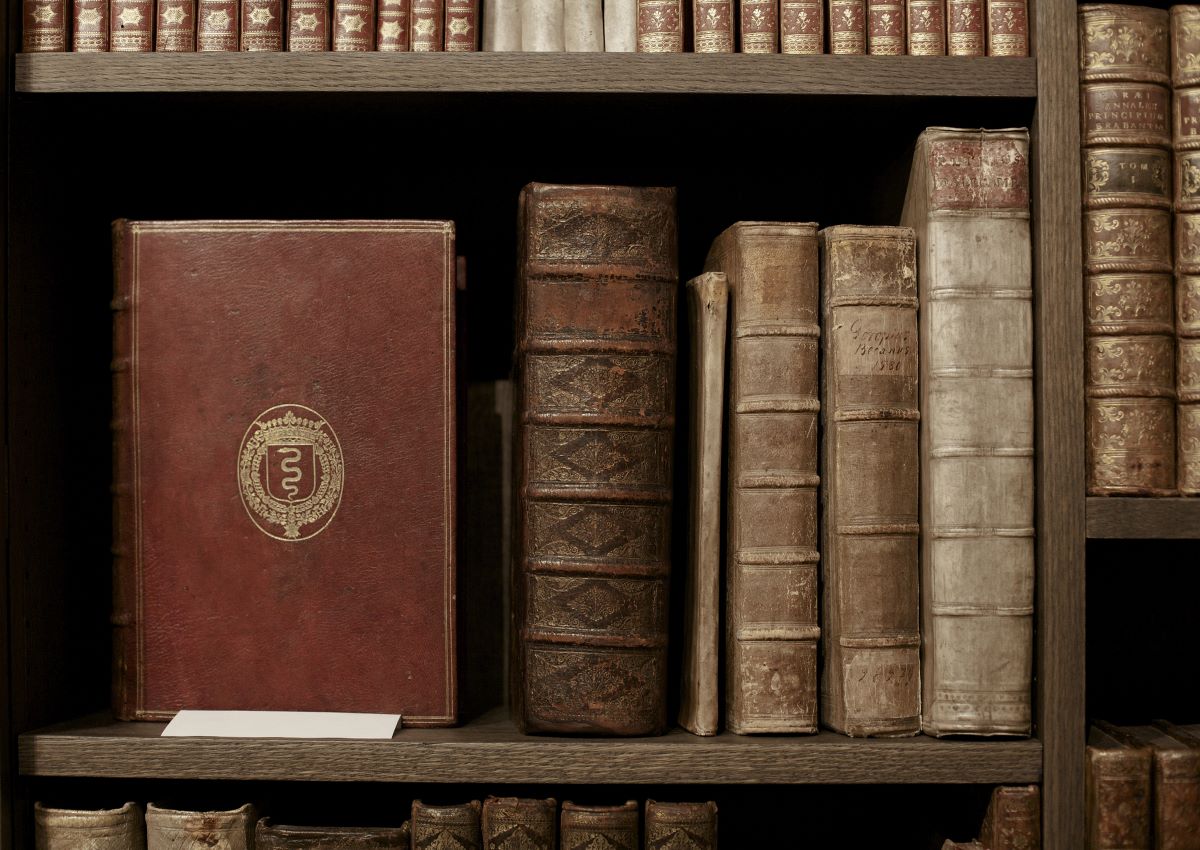
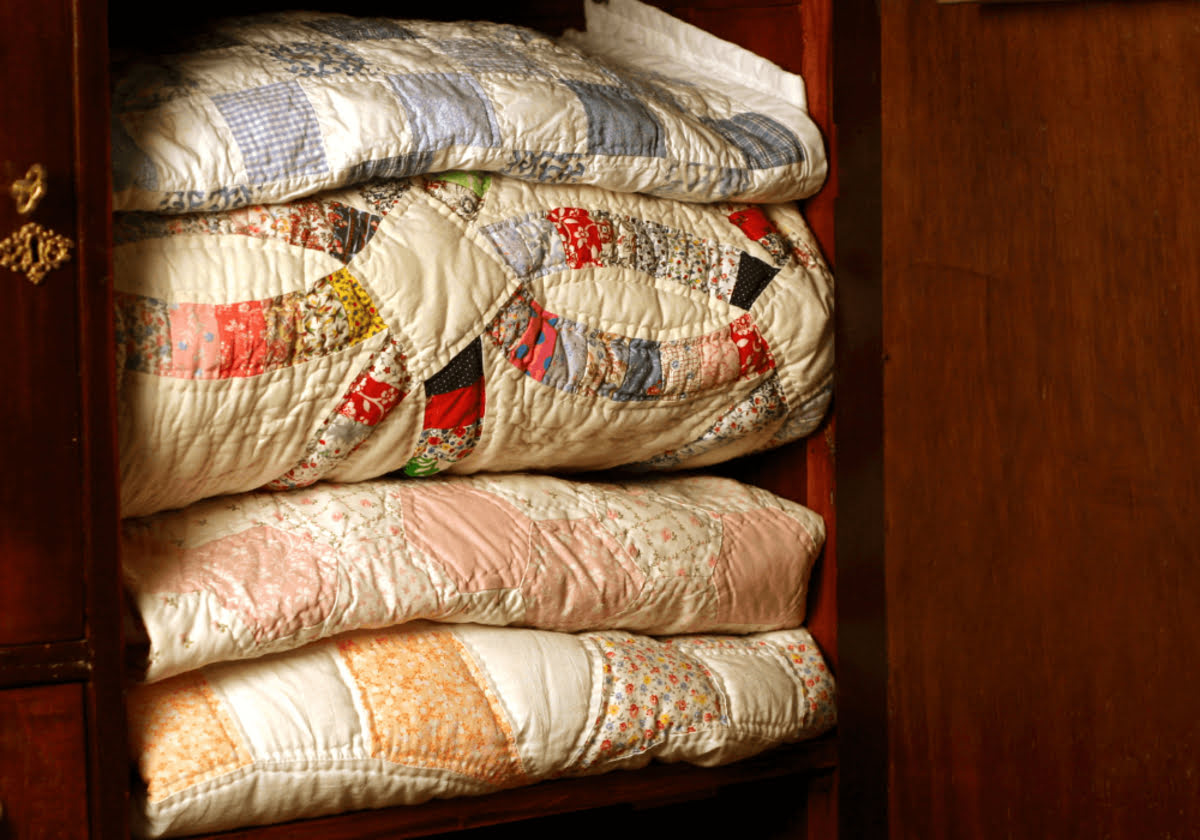
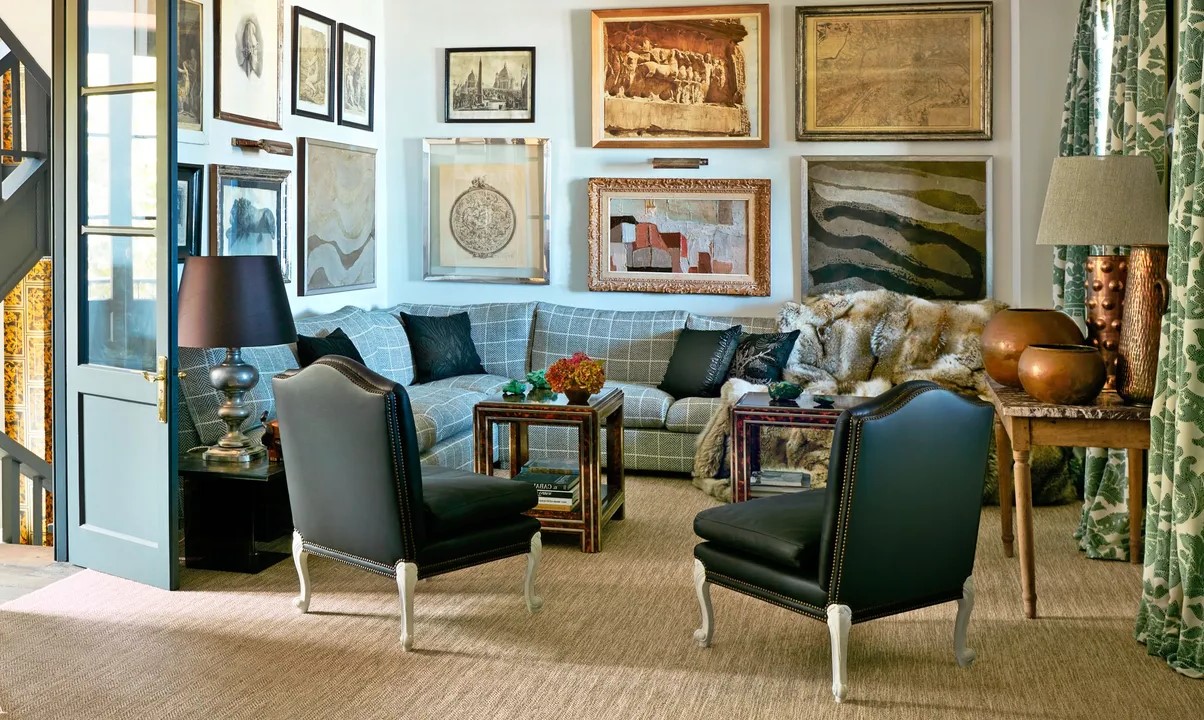
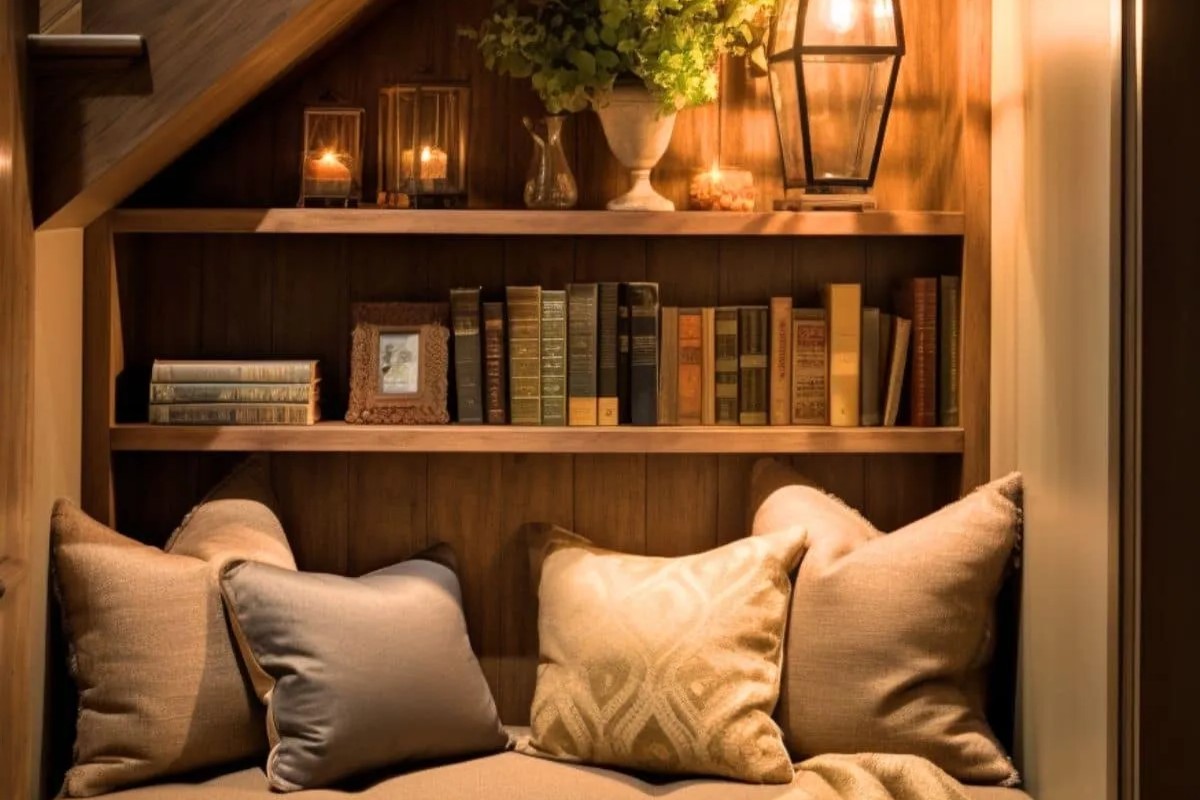
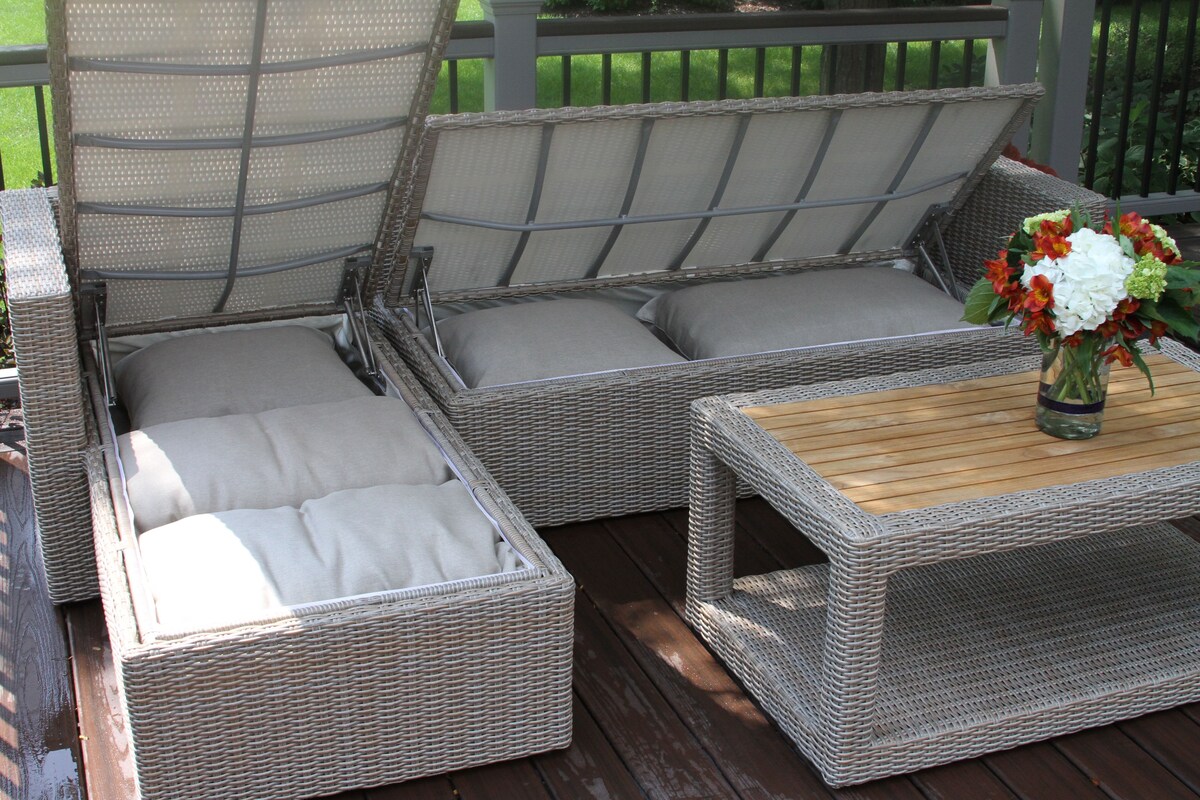
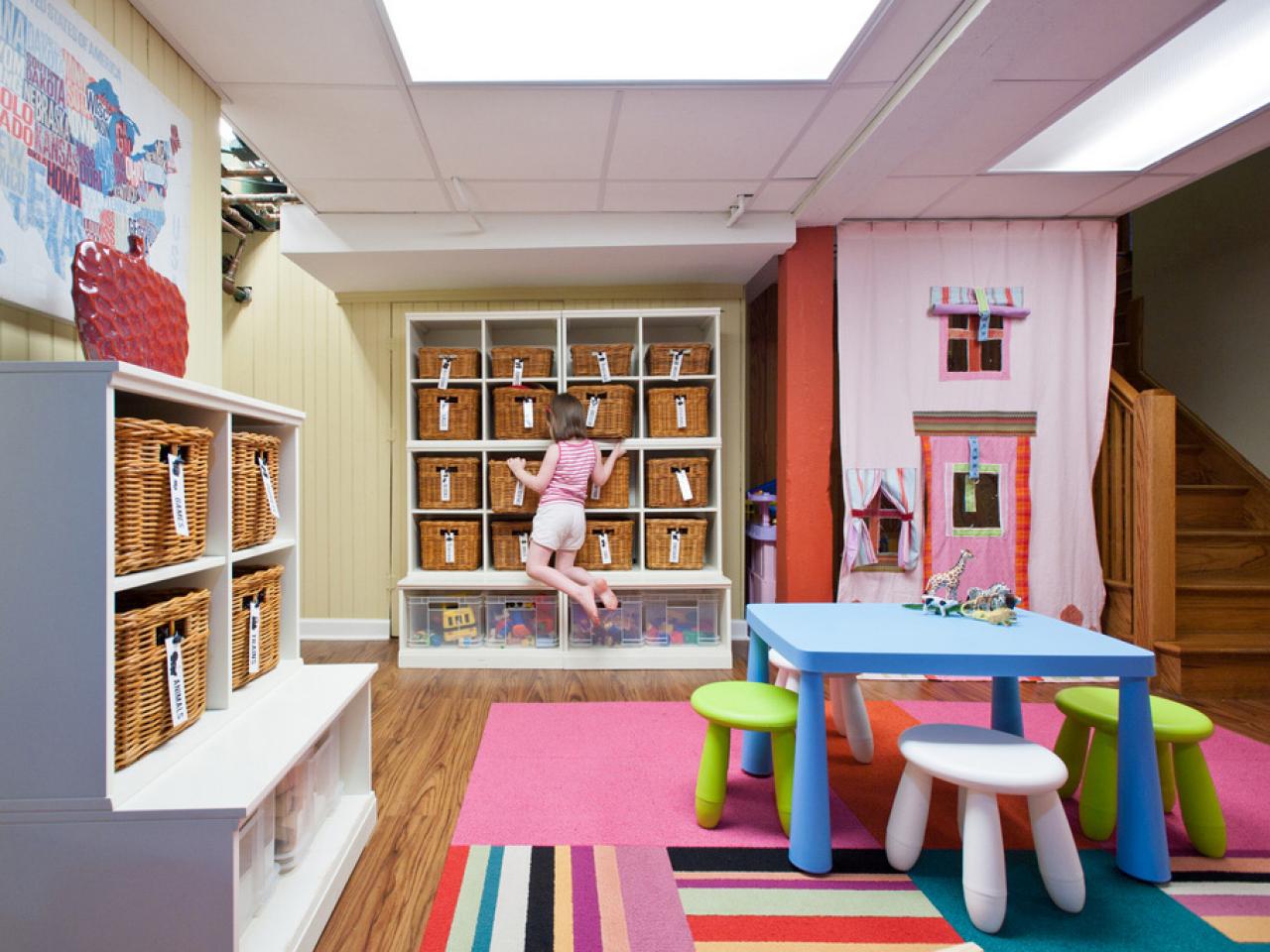
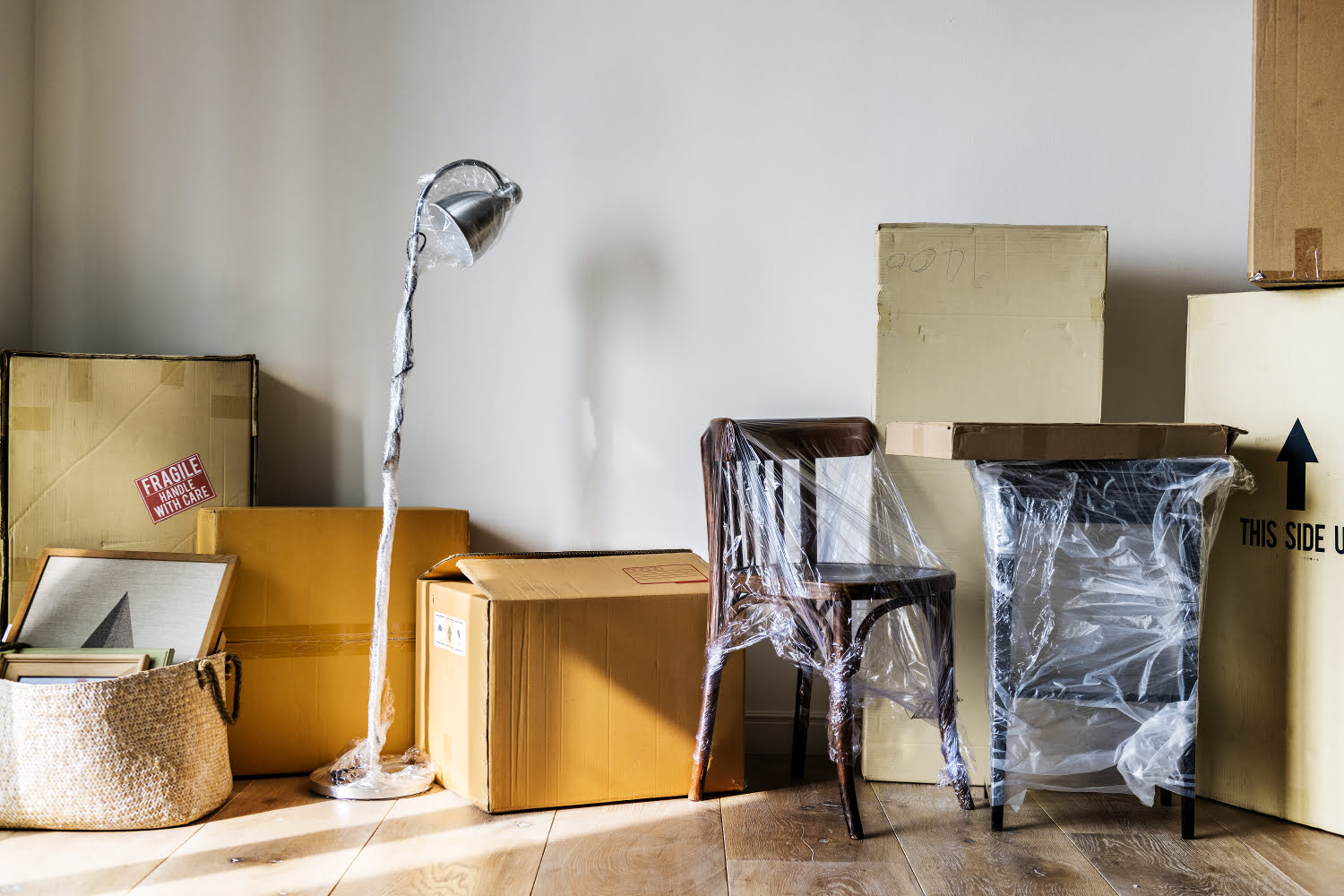
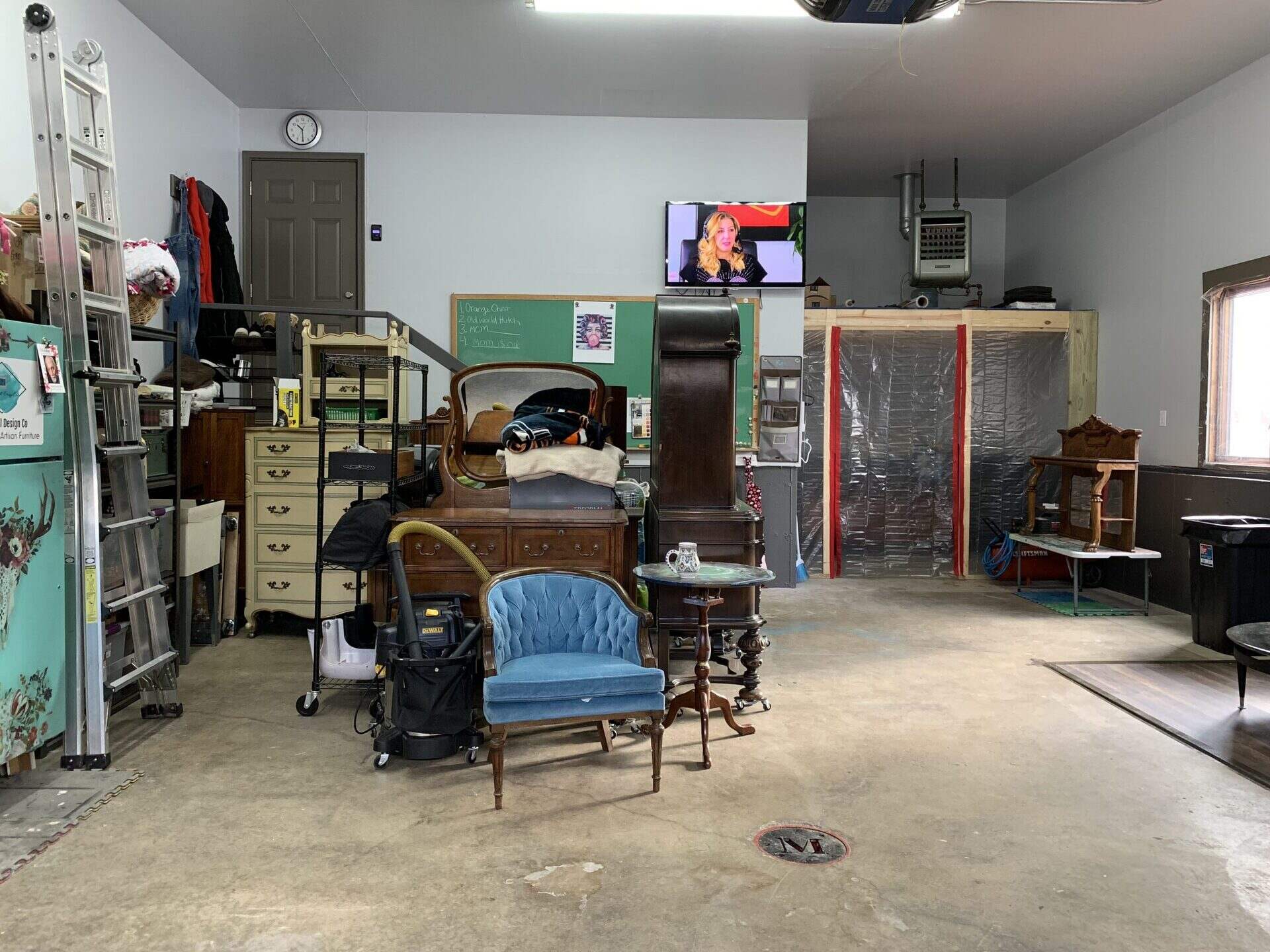
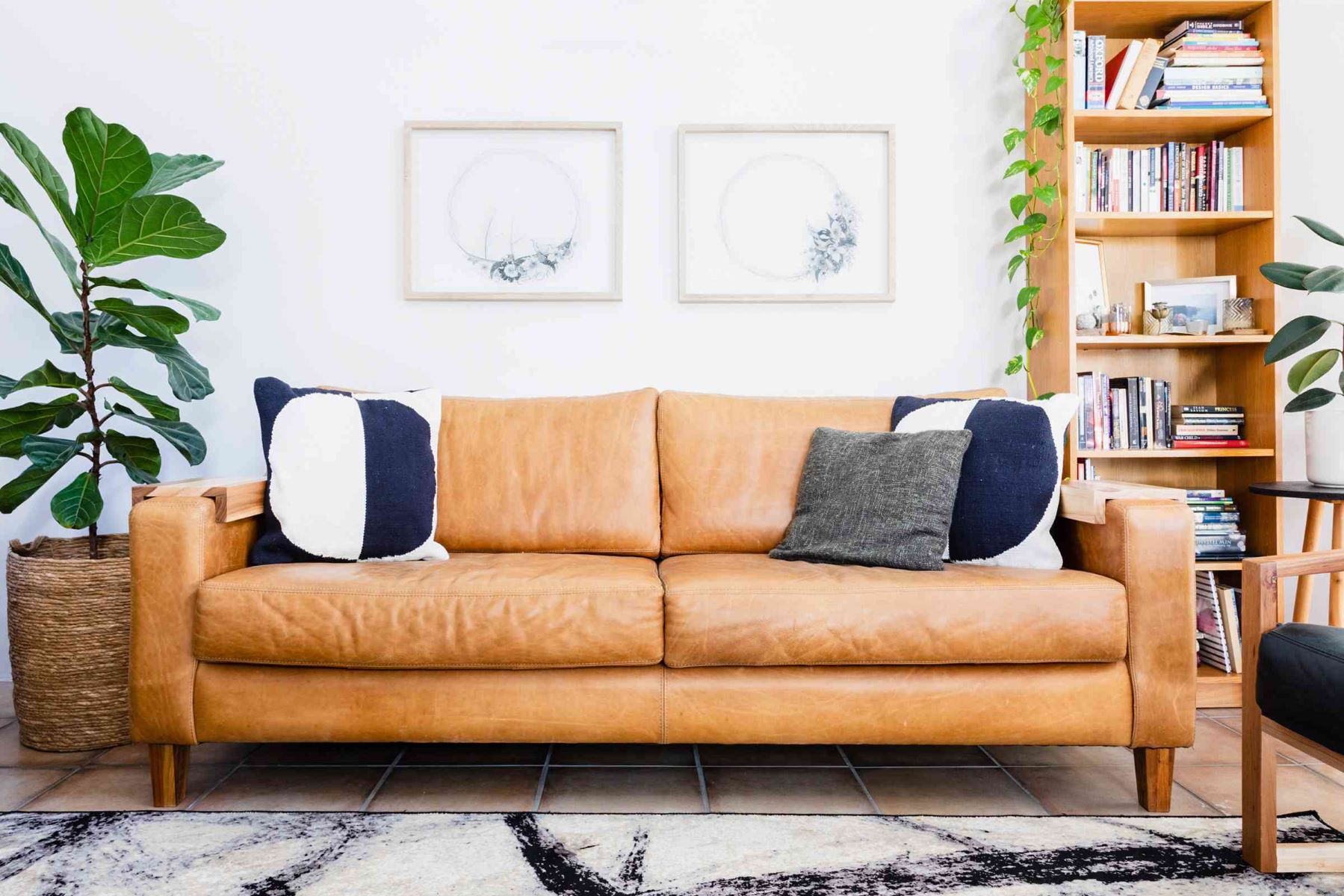
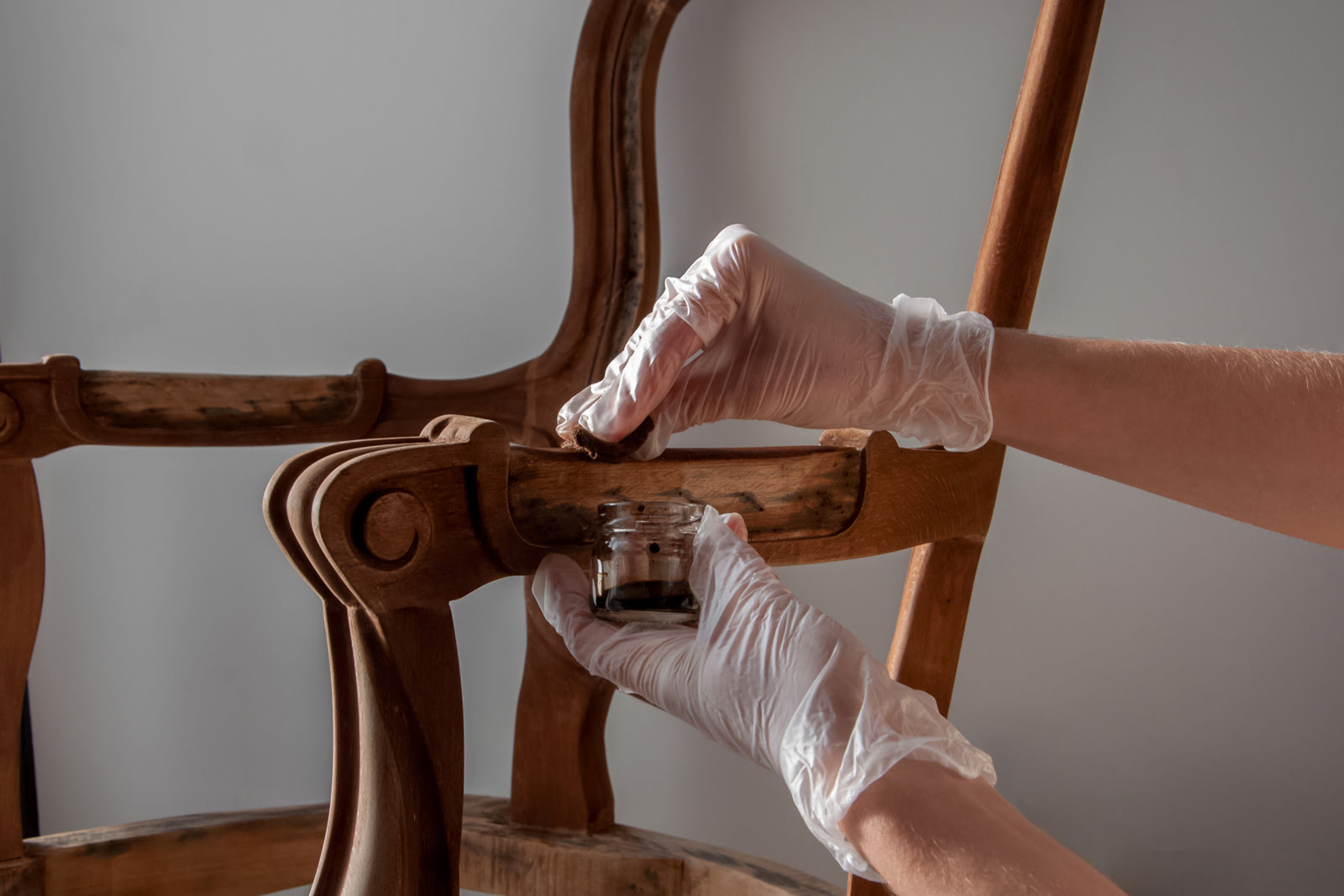
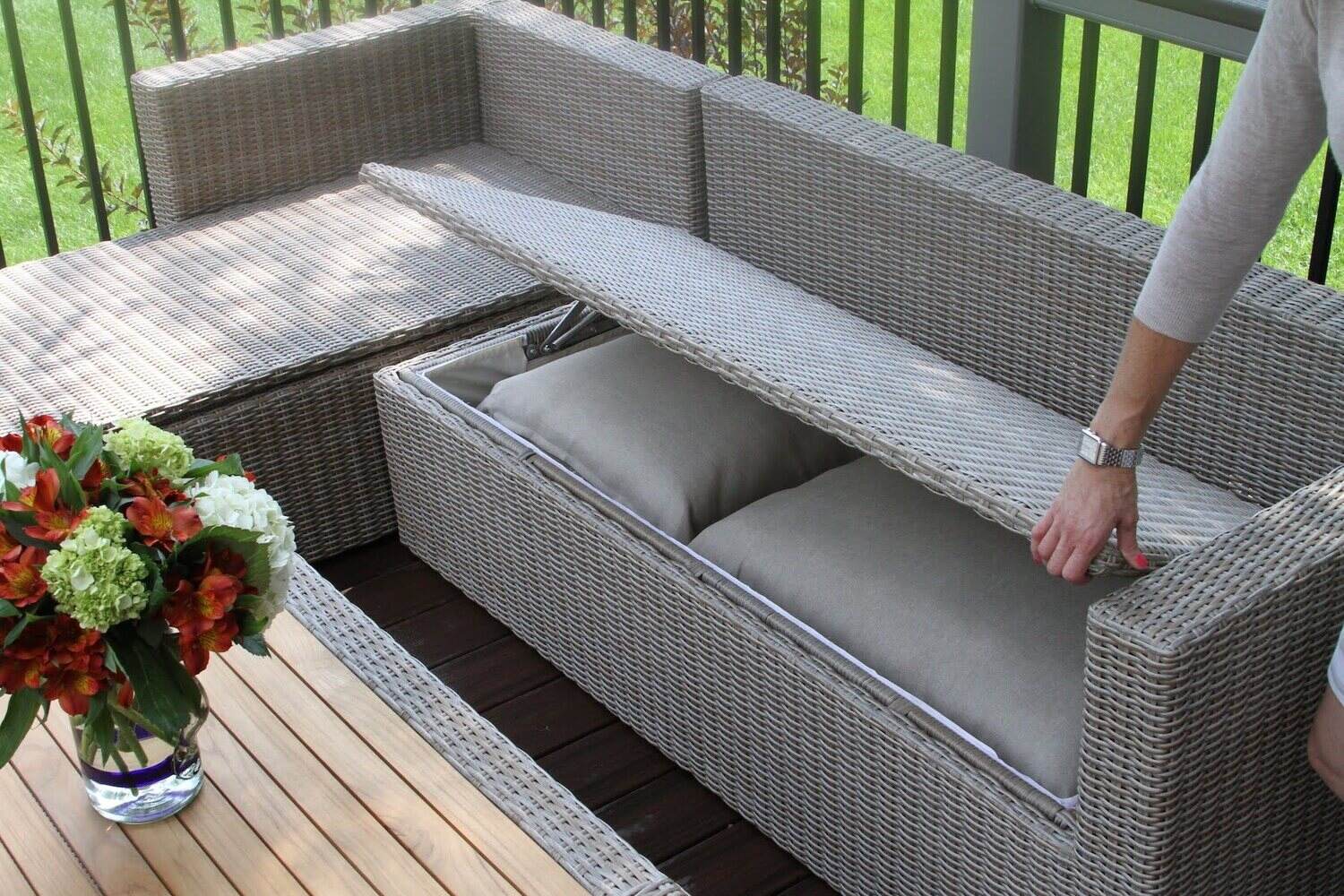

0 thoughts on “How To Store Antique Furniture”